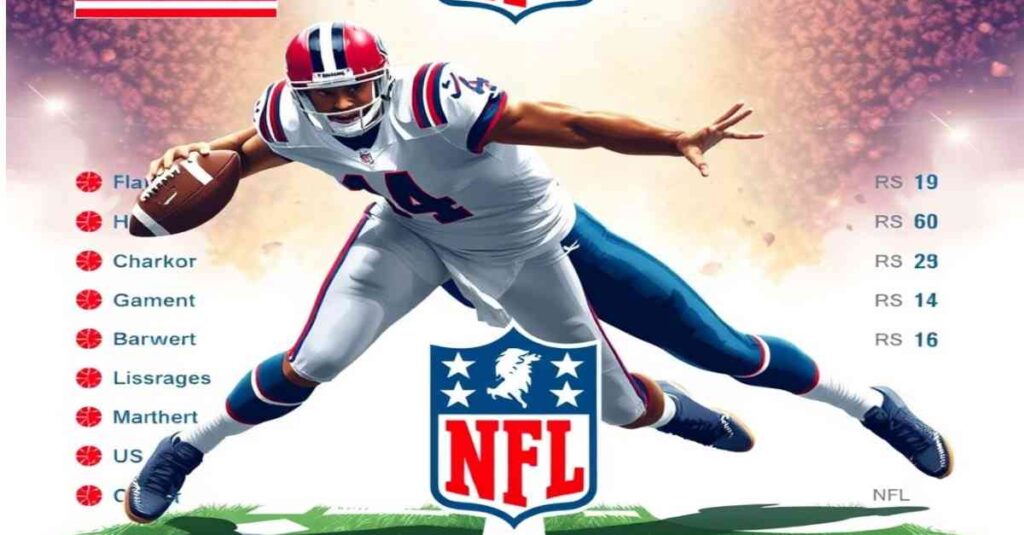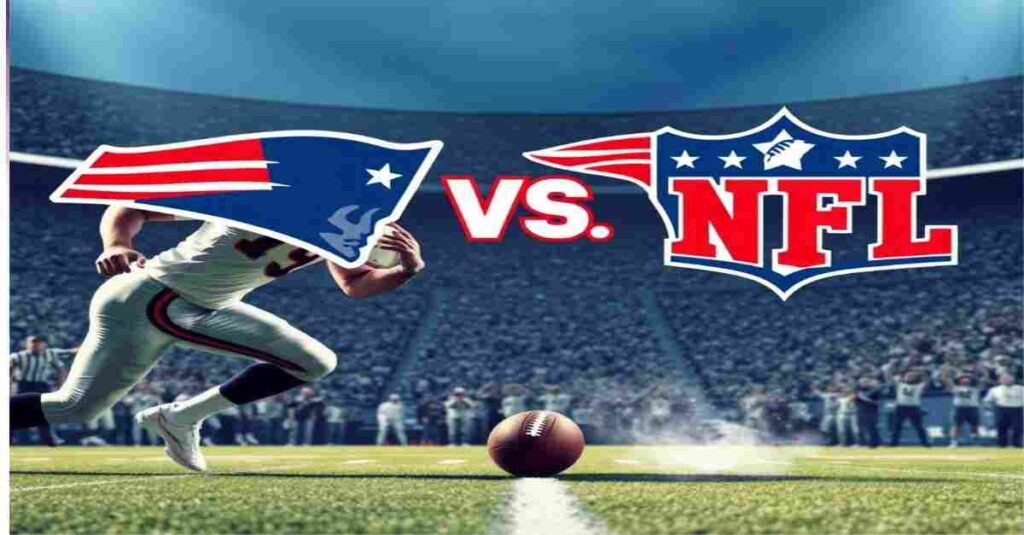Football enthusiasts, sports analysts, and USFL fans alike have long been intrigued by the differences between the USFL (United States Football League) and the NFL ( National Football League). While both leagues have played pivotal roles in the evolution of American football, they are distinguished by their unique operational frameworks, historical context, and lasting impacts on the sport. Explore the key differences and analyze how each league has shaped the football landscape.
Critical Differences Between USFL and NFL
Season Schedule

USFL: Operated as a spring league, running from march to July. This schedule provided football fans with entertainment during the NFL’s off-season.
NFL: Runs in the autumn and winter, from September to February, culminating in the Super Bowl.
Team Count
USFL: Initially, it started with 12 teams, expanding to 18 by its final season. The smaller of teams allowed for a more concentrated competition but limited national reach.
NFL: began with 14 teams and has grown to 32 teams today, offering a broad national presence and intense competition.
Salary Cap
USFL: Introduced the concept of a salary cap to control Team spending and maintain financial stability. This innovation aimed to level the playing field and prevent wealthier teams from dominating the league.
NFL: Hosts games in large often iconic stadiums with significant seating capacities, maximizing ticket sales and enhancing the fan experience.
Rule Innovations

USFL: Known for its openness to innovation, the USFL experimented with various rule changes and styles of play, such as the two-point conversion, which the NFL later adopted.
NFL: Traditionally more conservative but has gradually incorporated some of the innovations introduced by USFL. enhancing game strategy and viewer engagement.
Historical Context and Milestones
USFL:
1982: Founded with the inaugural season capturing attention due to its unique spring schedule.
1983: Expanded to 12 teams, introducing a broader market for professional football.
1984: Involved in the USFL v. NFL antitrust lawsuit, attempting to force a merger or secure a television contract. The lawsuit was unsuccessful, leading to financial losses.
1985: The last season was marked by Team closures and an unsuccessful attempt to switch to a fall schedule.
NFL:
1920: The American Professional Football Association was formed, later becoming the NFL in 1922.
1933: Established its first championship game, a precursor to the Super Bowl.
1966: Merger with the American Football League ( AFL). leading to the first Super Bowl in 1967.
1970: The official merger between the NFL and AFL formed the current two-conference league structure.
1987: Players strike led to introduction of the salary cap and free agency system. transforming player contracts and Team spending.
Impact of USFL on the NFL and Football Landscape
Season Schedule

The USFL’s spring schedule highlighted the potential for year-round football, influencing the NFL to consider a year-round presence. This led to the development of NFL Europe and the NFL Network, expanding the NFL’s global market reach.
Team count and Stadium Sizes
The USFL’s smaller Team count and stadium sizes demonstrated the viability of regional football markets. The NFL later adopted and refined this concept through local blackout policies and regional games, enhancing local fan engagement.
Rule Innovations
The USFL’S willingness to experiment with rule changes contributed to the evolution of the NFL’s game strategy. Innovations such as the two-point conversion and the no-huddle offense were eventually incorporated into the NFL, enhancing the overall fan experience.
Conclusion
The USFL and NFL have each played significant roles in shaping American football. The USFL’s innovative approaches and willingness to experiment left a lasting legacy, influencing the NFL’s operational strategies, financial model, and game rules. By understanding these key differences and their impacts, football enthusiasts can gain a deeper appreciation for the sport’s history and evolution.










